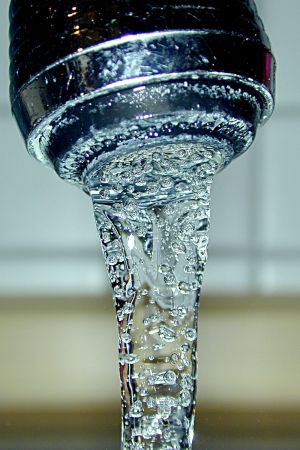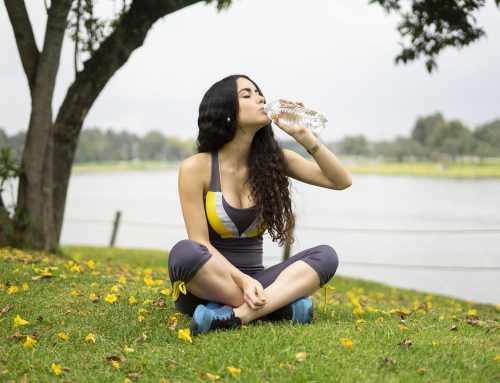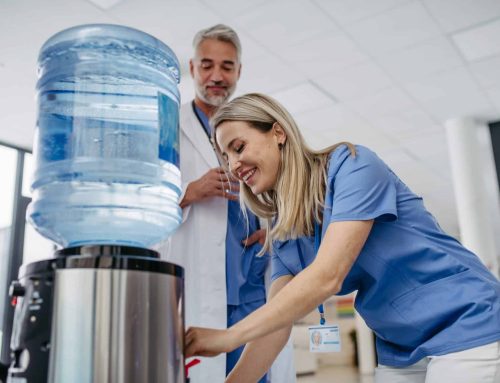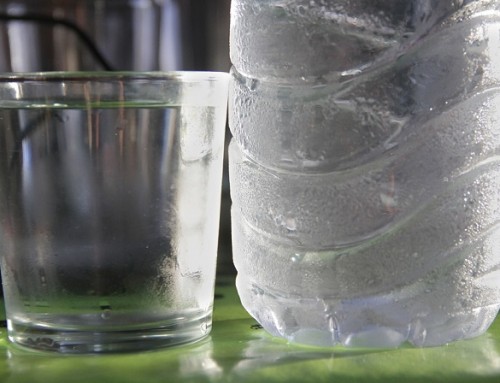 Want to get high? Drink water! That may sound like a strange comment to make, but it is not actually. The presence of pharmaceuticals in drinking water is a fact that has been known since the 1990s.
Want to get high? Drink water! That may sound like a strange comment to make, but it is not actually. The presence of pharmaceuticals in drinking water is a fact that has been known since the 1990s.
Sarah Janssen, MD, PHD, MPH, a science fellow at the Natural Resources Defense Council, an environmental action group spoke about this in 2011: “Ever since the late 1990s, the science community has recognized that pharmaceuticals, especially oral contraceptives, are found in sewage water and are potentially contaminating drinking water.”
[Source: WebMD]
Although the effect of the presence of these drugs on humans and the quantity that exists in drinking water is unknown, it is a concern as hormones work at extremely low concentrations in the human body.
Although that was regarding pharmaceuticals in the drinking water in the United States, brought about by concerns among scientists around the fact that fish in the Potomac River were found to have both testes and an ovary due to exposure to oral contraceptives in the water, the outlook for other countries is no better.
Pharmaceuticals in the Water Supply
The World Health Organization (WHO) published a report in 2012 which stated that trace concentrations of pharmaceuticals in the water cycle have raised concerns over potential human health risks from exposure to very low levels of pharmaceuticals in drinking-water. [Source: WHO]
A study of the drinking water in the UK by the Drinking Water Inspectorate (DWI) found that even though the drinking water in the UK underwent intensive purification treatment there were still traces of the benzoylecgonine, the metabolised form of cocaine, found at various sites in the UK.
According to Sue Pennison of DWI, the minute concentrations of the drug that were found are not dangerous to one’s health as they were below the acceptable levels as per the EU Drinking Water Directive, as per the Water Resources Act. Those levels are in themselves up to 20 times lower than the levels set by the WHO Guidelines, so there is no potential health risk.
According to a report released by the Centre for Radiation, Chemical & Environmental Hazards (CRCE), part of Public Health England, in 2013, Caffeine, carbamazepine, carbamazepine epoxide, ibuprofen, naproxen and benzoylecgonine were all found in final treated drinking water at nanograms/litre concentrations.
The report goes on to state that that:
- Concentrations of pharmaceuticals in drinking waters are generally significantly lower than those seen in surface waters. This indicates that treatment is effective at removing these contaminants.
- Intakes of the compounds detected in drinking water are many orders of magnitude lower than levels therapeutic doses.
- Estimated exposures for most of the detected compounds are at least thousands of times below doses seen to produce adverse effects in animals and hundreds of thousands below human therapeutic doses.
- Thus, the detected pharmaceuticals are unlikely to present a risk to health.
Professor Jeni Colbourne, Chief Inspector of Drinking Water, stated in her latest letter to the UK Government that all the tests carried out on the public drinking water in 2012 satisfied national and EU standards.
So, it seems as though even though there may be cocaine, ibuprofen and naproxen in the drinking water in the UK, we can all continue to drink tap water without worrying about our health. I am happy for them, but I think that personally I will just continue getting my drinking water from my wonderful water cooler in my home office; at least I know it is pure, and it is also chilled, which suits me perfectly.
Source:
WHO
Rent water coolers and purchase water coolers in London. Read our water cooler blog for the latest industry news and articles.





